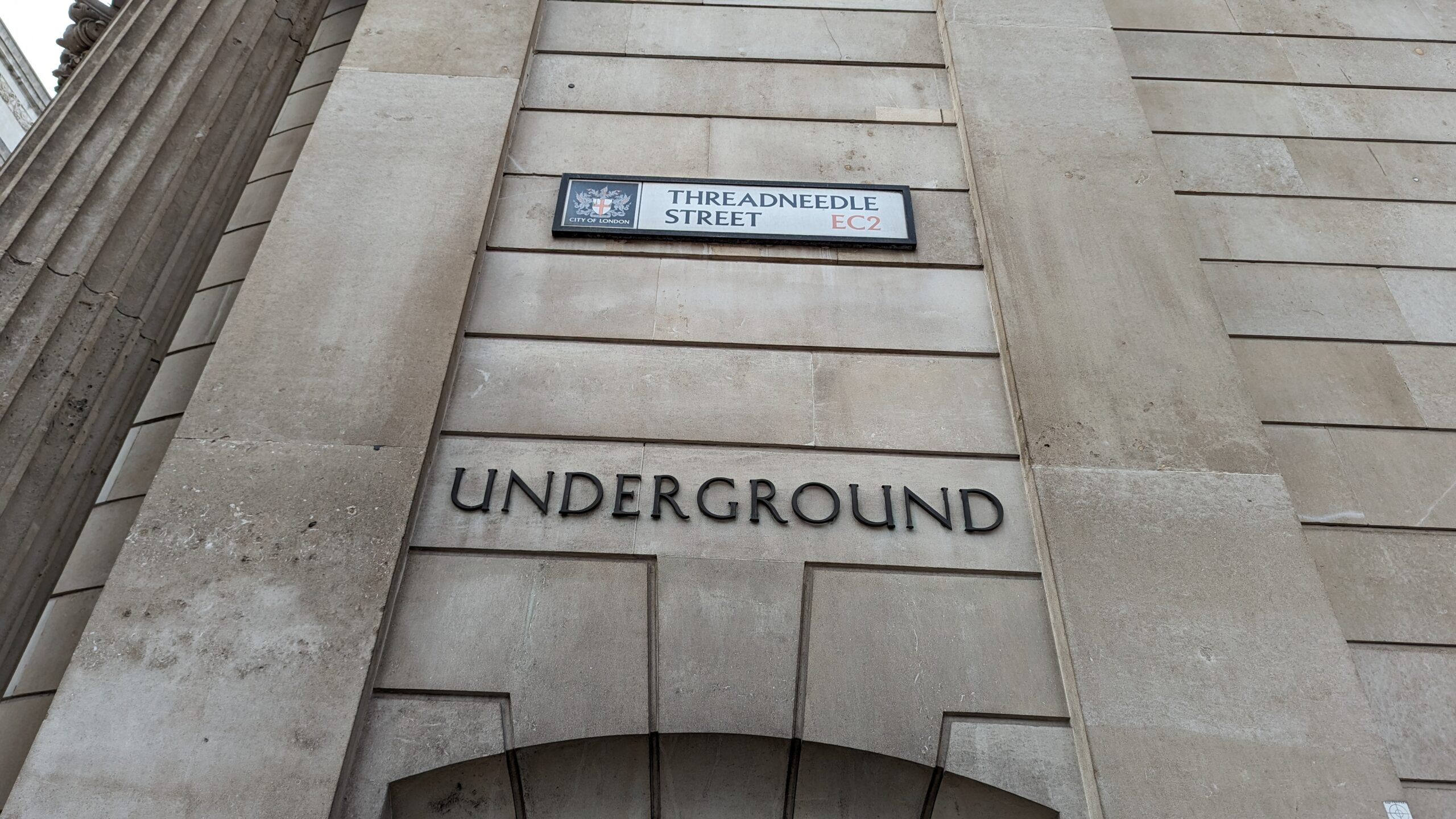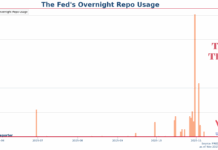Last Updated:
Bank of England on Thursday decided to raise its benchmark interest rate by 0.5% to 5%, larger than the market expectation of a 0.25% increase. The decision followed Office of Nation Statistics’ publication of a 8.7% CPI inflation reading for the year to May on Wednesday.
The Bank’s Monetary Policy Committee, which voted 7-2 for the half-point hike, indicated it may tighten UK monetary policy further if the inflation pressure shows more signs of persistence. The MPC is also closely monitor “the tightness of labour market conditions and the behaviour of wage growth and services price inflation” to assess the general increase in price level.
Potential Wage-price spiral was a reason behind the rate hike:
“The MPC recognises that the second-round effects in domestic price and wage developments generated by external cost shocks are likely to take longer to unwind than they did to emerge. There has been significant upside news in recent data that indicates more persistence in the inflation process, against the background of a tight labour market and continued resilience in demand…”
and,
Another notable mention in the minutes is the significant rise in gilt yield since last meeting:
“Since the MPC’s previous meeting, the one-year overnight index swap (OIS) rate, one year forward had increased by around 40, 80 and 140 basis points respectively in the euro area, United States and United Kingdom, and the 10-year government bond yield had increased by around 5, 25 and 55 basis points respectively in Germany, the United States and United Kingdom…”
Also,
“The movements in UK rates had been much larger than in other major advanced economies, leaving the UK OIS curve both higher and flatter than its US and euro-area counterparts. In part, this had reflected some news about the continued resilience of UK demand. To a greater degree, it had appeared to reflect an increase in market participants’ expectations of UK inflation persistence. The median respondent to the Bank’s latest Market Participants Survey (MaPS), which had been conducted before the latest UK labour market and CPI releases, now expected CPI inflation one and three years ahead to be 3.1% and 2.2% respectively, compared with 2.7% and 2.0% in the previous survey in May…”
Swati Dhingra and Silvana Tenreyro voted against 0.5% rise, favored to maintain the rate at 4.5%. Their reasons are:
- Cost-led inflation will likely reverse this year:
“…the energy price shock and other global cost-push shocks continued to reverse over the course of 2023, goods price inflation should fall sharply, which, with some lag, would reduce associated persistence in domestic wage and price setting.”
- Due to long and variable lag of monetary policy, the impact of previous rate hikes has yet been materialized:
“… the lags in the effects of monetary policy meant that sizable impacts from past rate increases were still to come through. This included additional rate increases carried out in recent months, which would more than offset any additional persistence implied by the latest data. The current setting of Bank Rate would therefore be likely to reduce inflation below target in the medium term.”
MPC’s analysis on why core CPI has remained elevated so far:
The Bank continued to believe that high food inflation will ease soon:
Rising rental cost, as a result of higher interest rate, is increasingly an issue which the BoE worries about:
EconReporter is an independent journalism project striving to provide top-notch coverage on everything related to economics and the global economy.
💡 Follow us on Bluesky and Substack for our latest updates.💡











